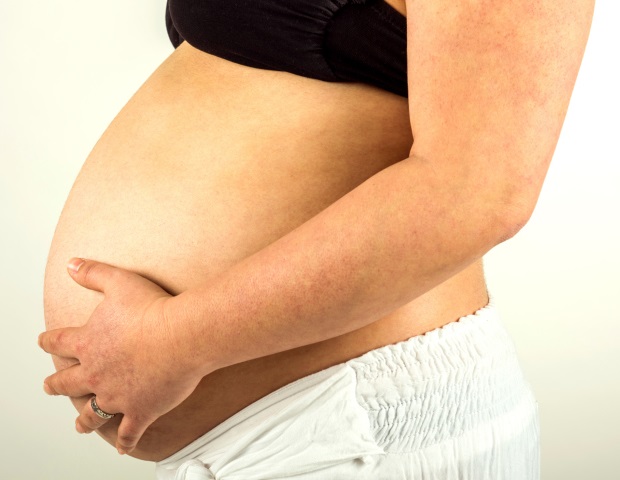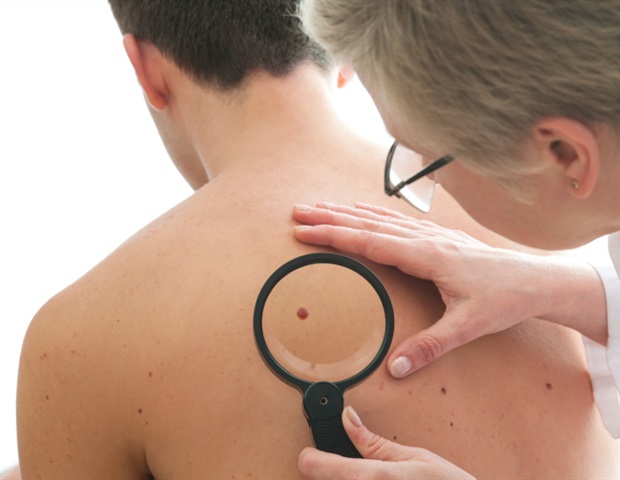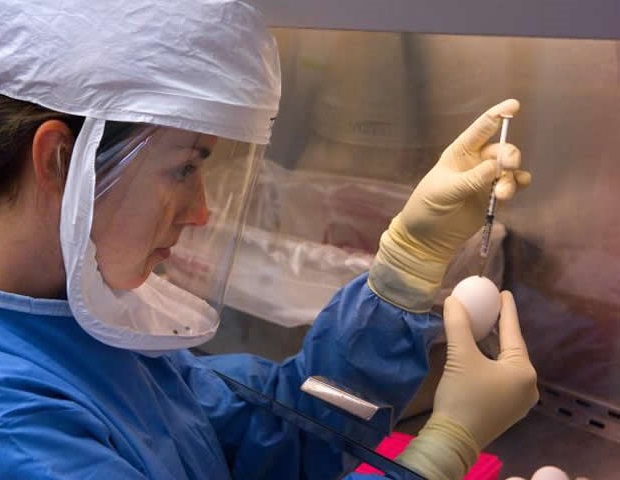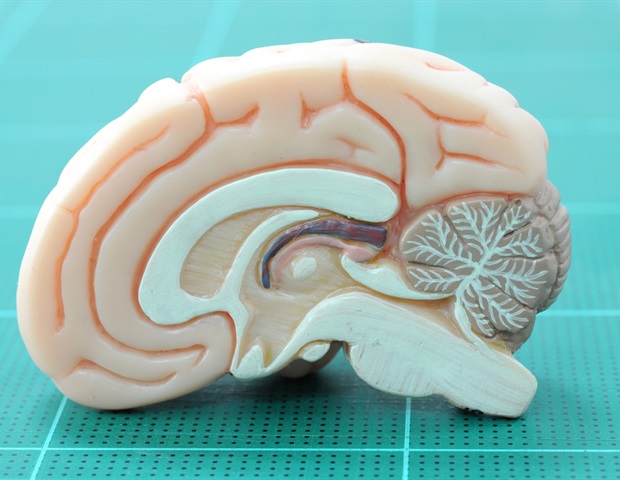A preclinical study reveals that a single episode of exertional heat stroke can lead to chronic health disorders, including obesity, cardiac hypertrophy, liver steatosis, and metabolic inflexibility, especially when combined with a high-fat diet.
 Study: Mice develop obesity and lose myocardial metabolic flexibility months after exertional heat stroke. Image Credit: Skrypnykov Dmytro/Shutterstock.com
Study: Mice develop obesity and lose myocardial metabolic flexibility months after exertional heat stroke. Image Credit: Skrypnykov Dmytro/Shutterstock.com
In a recent study published in Communications Biology, researchers investigated whether exposure to acute heat illness could induce health disorders.
Background
Around 120,000 patient-healthcare contacts in the United States were heat-related emergencies in 2023. Studies following patient histories after exposure have found significantly elevated risks of renal, liver, and cardiovascular disease over 12-14 years. The causes of these late-emerging, long-term consequences are poorly known.
While exposure to the most severe heat injury, i.e., heat stroke, has the highest risk, exposure to less severe heat injuries, e.g., heat exhaustion, also has significant risks. Whether these late-emerging outcomes reflect the emergence of a pre-existing disease or are caused by heat illness per se remains elusive.
The study and findings
In the present study, researchers examined whether a single exposure to heat illness could cause late-emerging health disorders.
Adult mice were trained to exercise in a forced running wheel, and exertional heat stroke (EHS) was induced by having them run in an incubator at 37.5°C for females and 34.5°C for males. Results were compared against exercise controls (EXCs) treated identically but without elevations in the environmental temperature.
Male mice had a higher exercise duration than females; however, symptom limitation (unconsciousness) occurred at a lower maximum core temperature in males.
Mice recovered and were upright within minutes, with no signs of health disturbance. Further, mice were started on a standard vivarium diet (SD) or Western diet (WD) two weeks after EHS.
EHS mice had a higher food intake, especially on WD. All mice on WD gained more weight, and EHS mice on WD gained more mass than EXCs on WD. Moreover, EHS mice on SD gained significantly higher body mass than EXCs on SD.
Male mice on SD or WD post-EHS had increased heart mass considerably than diet-matched EXCs, suggesting ongoing cardiac hypertrophy in males.
Further, ventricular echocardiography revealed that female mice had significantly increased posterior wall velocity and thickness two weeks post-EHS. By contrast, females on SD had a net loss of posterior wall thickness at 12 weeks post-EHS.
Meanwhile, after 10 weeks on SD, EHS-exposed males had an increased posterior wall velocity. On the other hand, after 10 weeks on WD, females and males had a modest increase in posterior and anterior systolic wall thickness, respectively.
Untargeted metabolomics revealed that EHS mice on SD had many decreased and increased ventricular metabolites relative to EXCs, with males exhibiting the most frequent and largest changes. By contrast, mice on WD had blunted metabolic responses to EHS compared to EXCs. Analysis of data from all groups revealed that WD had more significant and numerous effects on heart metabolomics than EHS.
Further, metabolites were sorted into categories that are important in myocardial pathology and metabolism. This revealed that almost all EHS mice, irrespective of the diet, transitioned to much higher levels of simple carbohydrate metabolites than EXCs on SD.
Moreover, nearly all metabolites involved in each step of glycolysis were elevated in EHS mice. Metabolites of parallel glycolytic pathways were also elevated in EHS mice.
Corticosterone, which stimulates glucose uptake and glycogen synthesis, was also increased in all EHS mice. Conversely, short-chain fatty acids and related acyl-coenzymes A and acylcarnitines consistently declined in EHS mice. Several medium-chain acylcarnitines were significantly reduced in EHS males on SD.
Intriguingly, EHS mice on either diet showed decreases in total plasma protein and alkaline phosphatase (ALP). The team assessed soluble vascular adhesion molecules in plasma, which are deemed biomarkers of inflammatory states and cardiovascular diseases.
EHS mice exhibited reductions in most adhesion molecules, irrespective of sex and diet, albeit E-selectin and P-selectin were unchanged.
Finally, the researchers examined livers for non-alcoholic fatty liver disease features: ballooning and steatosis. Expectedly, steatosis and ballooning were evident in mice on WD, which were significantly amplified in EHS-exposed males. The liver enzyme alanine aminotransferase was only modestly elevated in EHS females on WD.
Conclusions
Taken together, the findings suggest that mice exposed to a single, sufficiently intense heat illness lose their long-term capacity of regulating food intake and body mass and develop myocardial metabolic irregularities consistent with early heart disease.
Moreover, they show signs of cardiac hypertrophy and are more prone to diet-induced liver steatosis.
Besides, these effects were less prominent in females, plausibly due to the intrinsic resistance of female mammals to heart disease.
Other notable consequences were the reductions in ALP, total plasma protein, and vascular adhesion molecules. Overall, the findings underscored the complex, sustained multi-organ dysfunction after EHS.
Journal reference:
-
Alzahrani JM, Smuder AJ, Gambino BJ, et al. (2025) Mice develop obesity and lose myocardial metabolic flexibility months after exertional heat stroke. Communications Biology. doi: 10.1038/s42003-025-07484-3. https://www.nature.com/articles/s42003-025-07484-3

 2 hours ago
1
2 hours ago
1
















.png)

.png)
.png)
.png)













 English (US) ·
English (US) ·  Hindi (IN) ·
Hindi (IN) ·